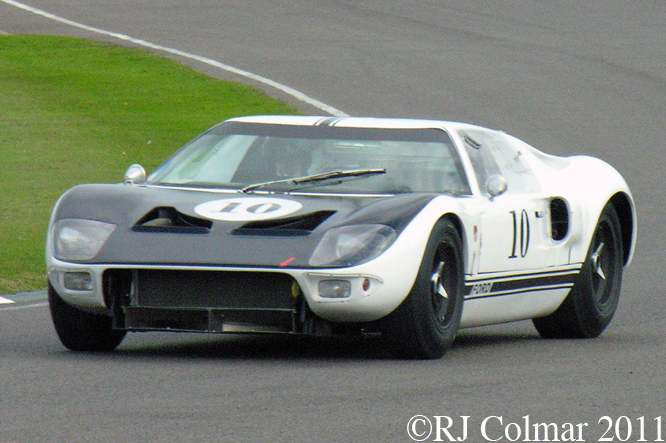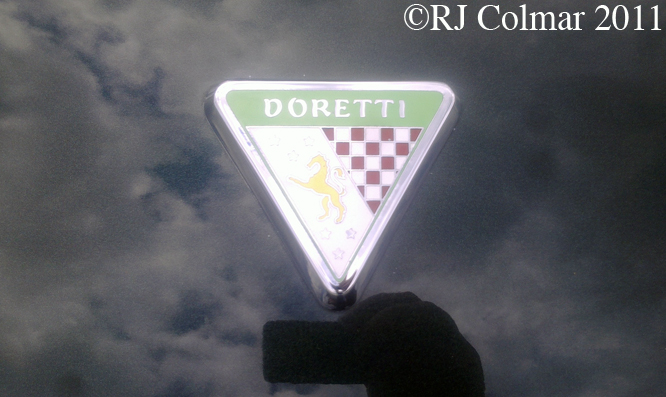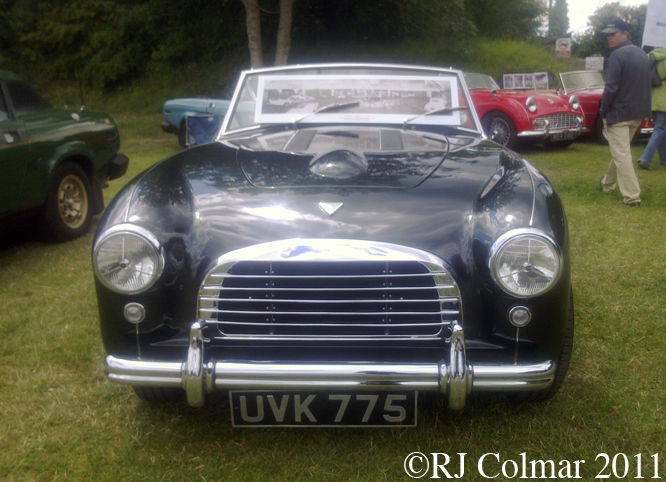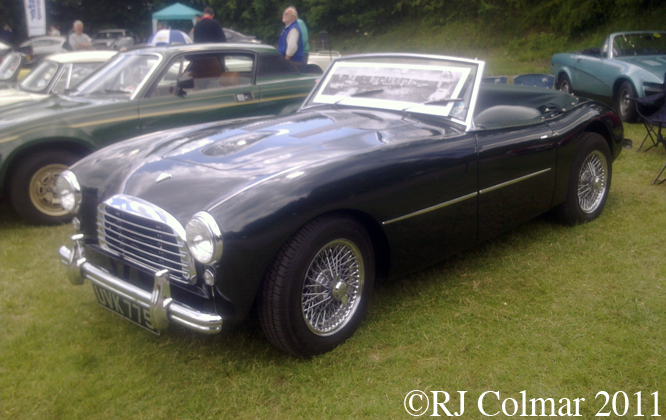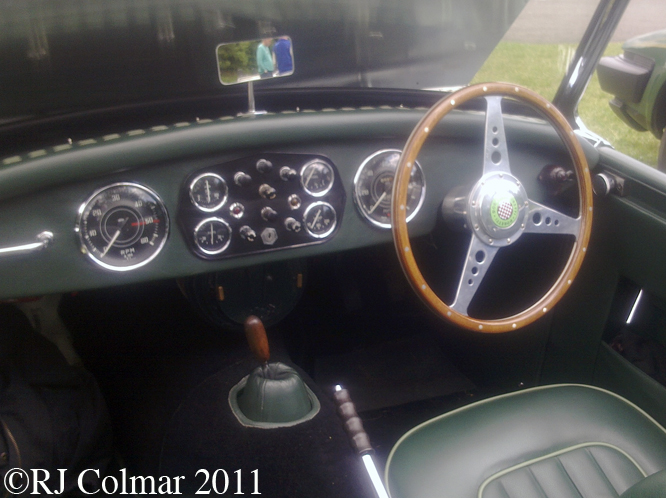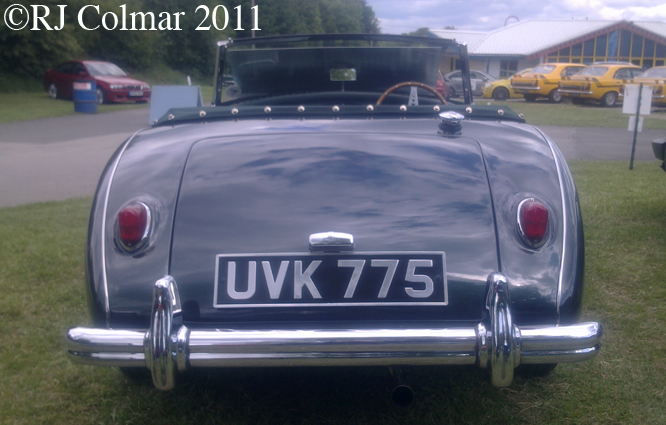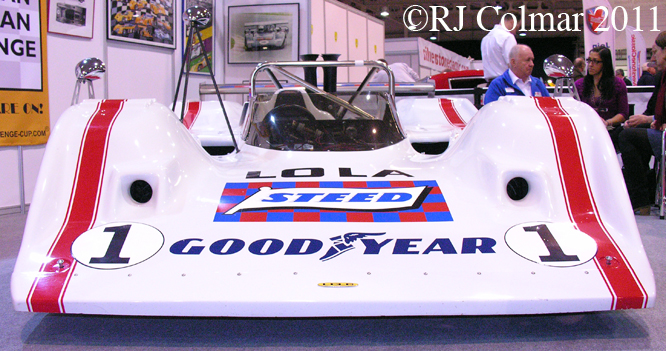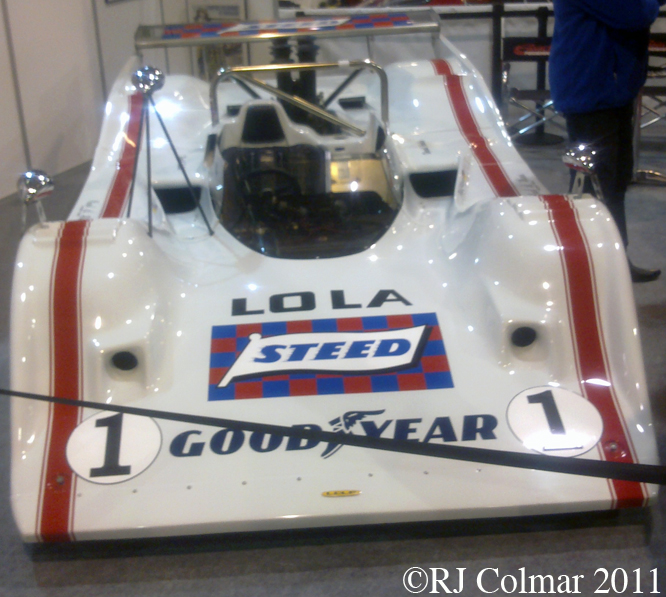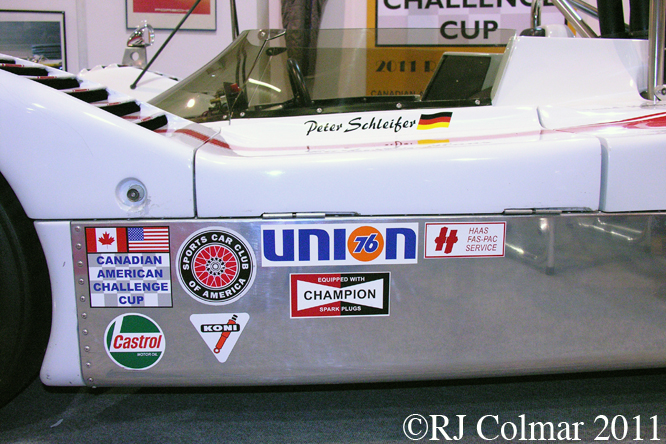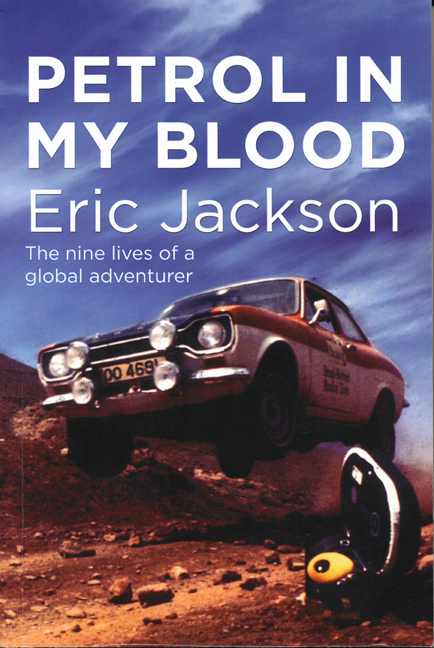
When I was a kid I was lucky to be taken by my parents on several epic road journeys including Athens to London in an Austin A40 Countryman and Durban to Mufulira, I’ll let you look it up, in a Ford Escort Estate.
These were sedate trips compared to those made by Eric Jackson and Ken Chambers who drove a Ford Cortina GT to set a new record for driving from London to Capetown in 13 days 8 hours and 48 mins, 14 mins faster than the previous record. Jackson and Chambers record stood for 47 years until the record was lowered to 11 days 14 hours and 11 mins in 2010 by Mac & Steve Mackenney with Chris Rawlings driving a Land Rover Discovery
“Petrol In My Blood” by Eric Jackson retells his life story from humble beginnings in Barnsley where he was the son of a traveler to becoming one of the country’s leading Ford dealers.
The gripping story covers many other tales including; racing the RMS Windsor Castle from Cape Town to Southamptonand driving a Ford Consul around the world in 43 days.
Erics adventures in a Ford Zodiac Mk 4 which included a Monte Carlo Rally and a 100 mph average speed record for seven days and nights set at Monza with Ken Chambers, John Beckhart, Michael Bowler and John Maclean all sharing the driving are also included.
In between the records Eric also won the RAC Rally Championship and narrowly missed out on becoming a shipping tycoon. Petrol In My Blood could hardly fail to be an interesting read and a further taster of the books contents can be found on the Damn Long Way website linked here.
The book is self published and available from lulu.com in hardback £27.07 or paper back £12.09 my soft back came through in a couple of days.
Thanks for joining me on this “Petrol In My Blood Edition” of “Gettin’ a li’l psycho on tyres” I hope you will join me again tomorrow. Don’t forget to come back now !


